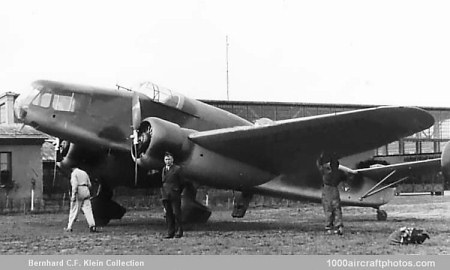11/30/2010. The all-metal Letov Š 50 was designed to a specification for a short-range reconnaissance bomber by a team of engineers under the supervision of Aloisem Šmolíkem. Lacking experience in construction metal aircraft, Letov sought and found assistance from Avia. In 1937 a full-size wooden mockup was demonstrated at the Paris Air Show.
The crew of three was seated in fully enclosed cockpits, The navigator-bombardier sat in the forward fuselage with improved glazing, the pilot sat above the wing, and the gunner operated the double 0.312 in (7.92 mm) machine gun in turret on top of the fuselage. A third 0.312 in (7.92 mm) machine gun was fitted in the left wing. A bomb load of up to 1,323 lb (600 kg) could be carried. The aircraft was powered by two 420 hp Avia Rk-17 nine-cylinder radial engines driving two-bladed fixed pitch propellers.
First flight was scheduled for early 1938, but it took till September before test pilot Kovanda took it to the air for the first time, from November it was test pilot Jezek who flew the aircraft. Performance of the Letov Š 50 proved to be modest, the top speed did not exceed 190 mph (305 kmh). Test flying was briefly suspended in March 1939, when after Czechoslovakia became occupied by Germany and the subsequent control takeover of the country's highly developed arms industry.
The aircraft was finished in a camouflage scheme and Czechoslovakian markings and flown again under German control, subsequently it was given the German registration D-OPCO and displayed at Brussels in German markings, whereafter it was transferred to the Rechlin test center. In 1940 it was severely demaged in a test flight and returned to the factory at Letnany, Prague, for repairs. However, this did not materialize and the sole example of the Letov Š 50 was scrapped.
